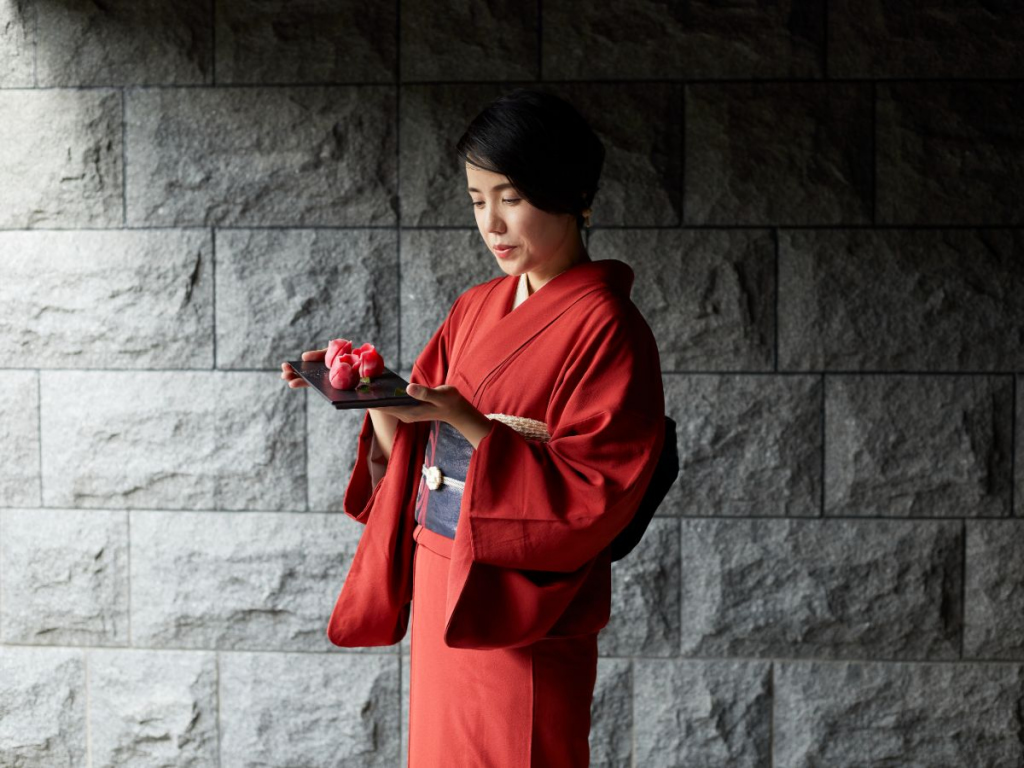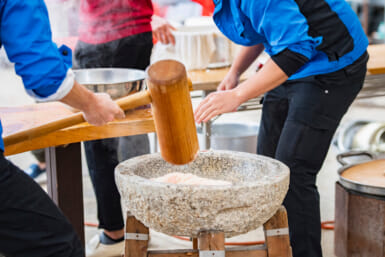Usually served alongside a cup of freshly brewed matcha, wagashi (Japanese confectionery) are traditionally modest. Simple in shape, small in size and with a modicum of ingredients, they provide sweetness to counter the bitterness of the tea – though they are never sweet enough to steal the spotlight.
Wagashi have gone fairly unchanged since their popularization during the Edo Period. They remain fairly seasonal, and feature adzuki bean paste or mochi, though often both, together. There are many types of wagashi. Many take the shape of plants or flowers, but at their simplest, they are small and round. A popular example is sakuramochi, a cherry blossom-flavored wagashi wrapped in a salty cherry tree leaf only available in the spring.
There are, however, passionate and enthusiastic artists defying expectations and redefining Japanese confectionery, adapting the dessert to match our contemporary needs. Shiho Sakamoto, a 39-year-old Tokyo-based wagashi artist, is giving this craft a refreshing twist.
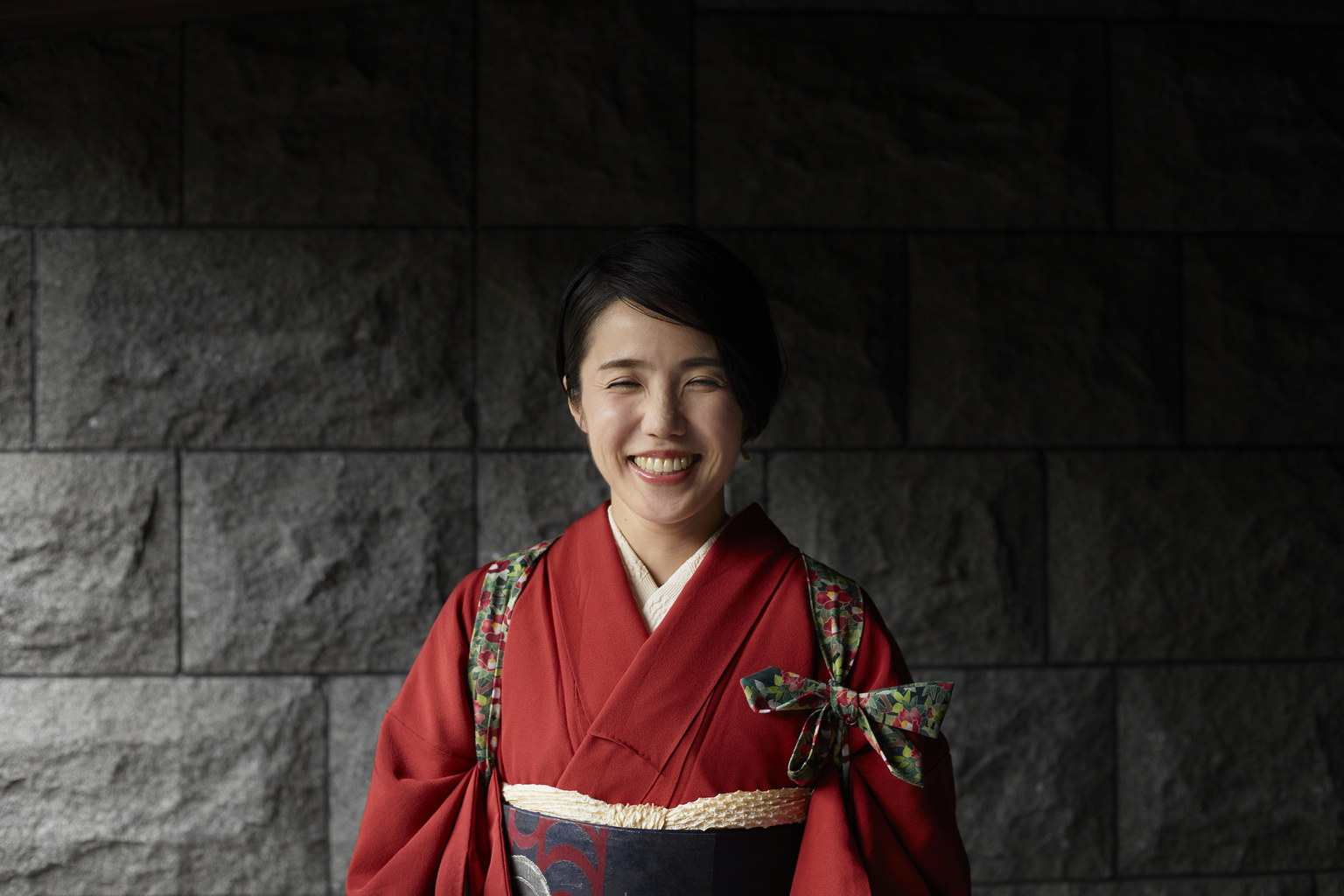
Sakamoto’s love for wagashi goes back decades, though it’s only 11 years ago that she decided to learn the basics in hopes of making her own confectionery. It first started as a hobby, as most callings do, a distraction to decompress on weekends after a tiring week of working at an IT company. With time, wagashi became her main channel of expression; a way to communicate her emotions to the world, modestly. “I wanted to do something fulfilling, something fun,” she says. And with wagashi, she created her dream job.
As she worked towards defining her signature style, Sakamoto was eventually able to quit her job to dedicate herself completely to her craft. Since launching her brand, Shiwon, Sakamoto’s work has been featured in numerous Japanese publications and television programs. She has also worked with several high-end brands, acting as a director and consultant for various events. Her customers and clients were no doubt intrigued by Sakamoto’s unorthodox designs – as were we. Ranging from figurative to abstract, Sakamoto’s portfolio is nowhere near traditional, it is bright and modern.
She calls herself a wagashi sakka, or wagashi artist, instead of the probably more common term wagashi shokunin, or wagashi artisan.
Traditionally, shokunin spend years perfecting their craft from high-school age or earlier and under the guidance of a mentor. The term also usually refers to men. Nowadays, though, it’s not uncommon for shokunin to start their training later in life, and more women are claiming the title as their own.
Shokunin are bound to their craft and their success depends on how well they can maintain tradition and occasionally modernize their industry. Of course, Sakamoto’s background differs greatly from that of a shokunin. She is self-taught and instead of having a defined career path to follow, she must pave her own.
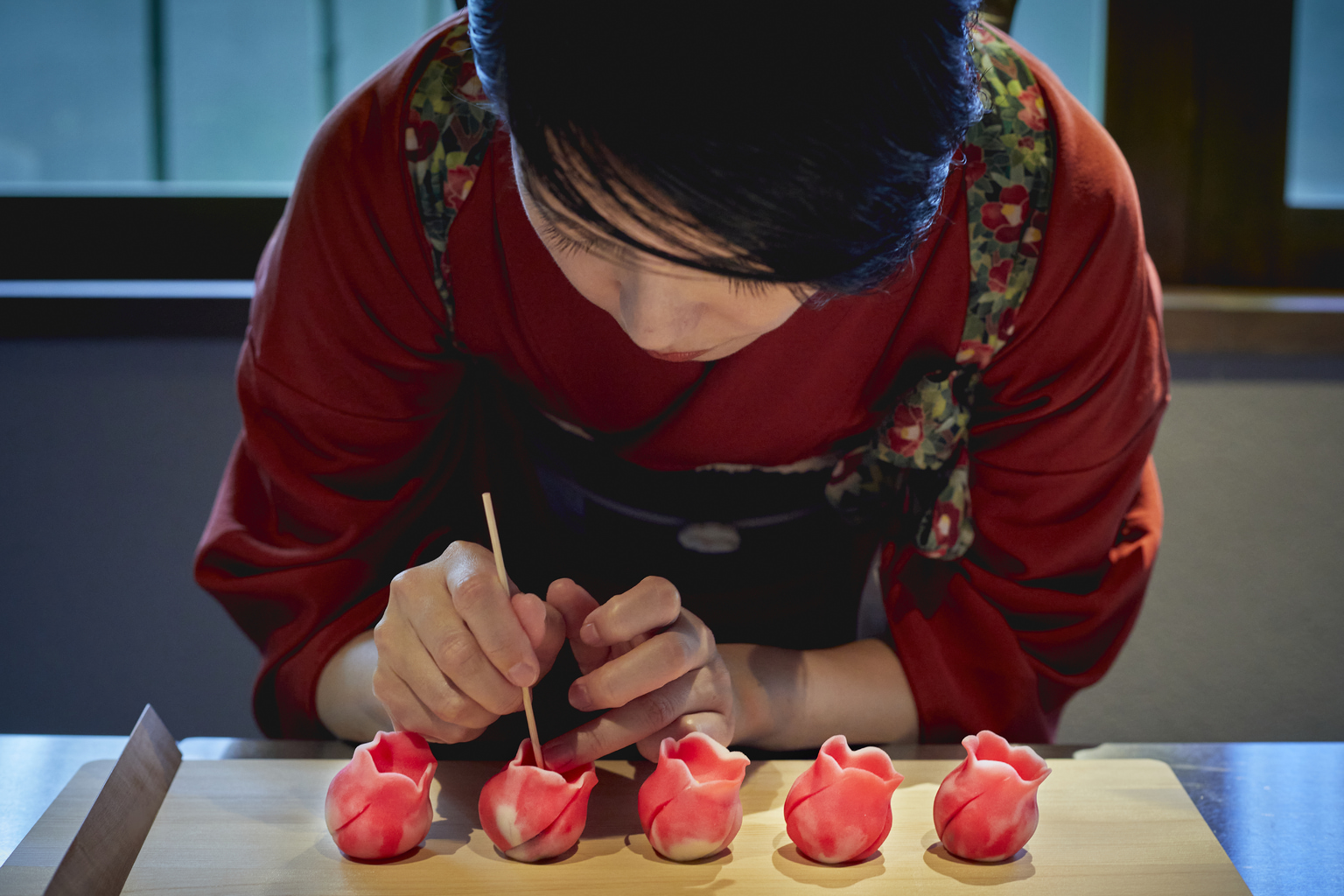
The creative processes of wagashi shokunin and wagashi artists are equally divergent. Shokunin give particular attention to consistency, often perfecting a recipe so well that they can recreate the ideal confectionery every time. There is little experimentation, with the idea being to provide the same experience with every serving. Sakamoto, however, is all about switching it up with every project, rarely making two of the same, and creating new experiences through wagashi.
“I have nothing but respect for shokunin,” she says. “But as an artist, I can do whatever I want, however I want.” In other words, being an artist allows her to be free. Though she is confident in her art and skills, Sakamoto is well aware of how her work may come across but believes there is enough room for both schools of thought. After all, both she and shokunin share the same goal: To provide others with a fulfilling and potentially significant experience.
When making wagashi for herself, Sakamoto starts with a feeling. Pulling from her own emotions, the seasons and various elements borrowed from her daily life, she aims first and foremost to express herself. Sakamoto doesn’t hesitate to work with different ingredients, nor does she believe that the sugar, flour and adzuki beans must be of the highest grade.
At her former IT position, Sakamoto learned the intricate details of what makes something popular online and how to create a personality. In her new endeavor, she brought with her a talent for business and an impeccable understanding of branding. When working with clients, she coordinates with various other people to make wagashi, Sakamoto considers everything: the brand and its message, the setting and the decor, which tea or wine (yes, wine) the wagashi will be paired with. Most importantly, though, she imagines those who will be enjoying the event and eating the confectionery. “It’s a bit odd, but I often think in terms of ‘end user’,” she admits.
Made in Japan is an exemplary example of Sakamoto’s approach to client work. Together with our production team, she strived to make wagashi knowing they would be featured on the cover. It had to be something recognizable, quintessentially Japanese and it should stay true to the nature of Japanese confectionery.
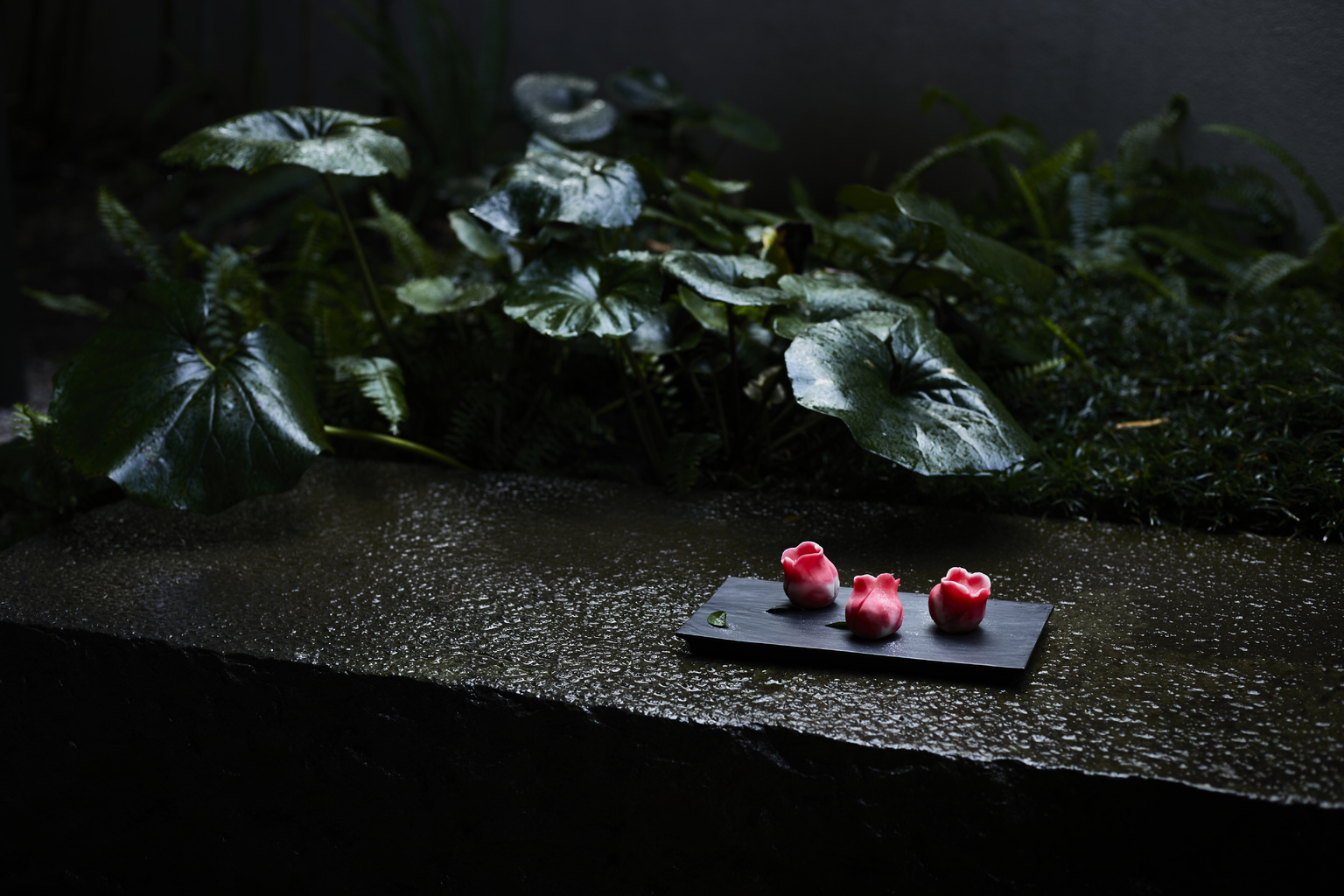
And so, this is how the delicate camellia-shaped wagashi, which graces the cover of this magazine, came to be. It’s seasonal, as it blooms in the fall and throughout winter, and on theme, as the vibrant fuchsia echoes the Japan Pavillion’s main color palette. Working with a local kimono stylist, Sakamoto also chose a matching kimono to pair with the camellia.
Inevitably we had to ask: “What is wagashi?” Most would probably reply with a blanket explanation, defining it as a Japanese confectionery made from mochi and adzuki bean paste.
Sakamoto’s answer, however, is not so simple. Her long, stream-of-consciousness-like (a sign of passion, certainly) response is that wagashi can be whatever you want it to be. Ingredients nowadays don’t matter – sugar, flour, even adzuki beans are imported. “Wagashi is what you feel in your heart,” she says. How you feel in the moment when you bite into it; the location, the season, the people around you, your state of mind when you taste the subtle sweetness of the bean paste.
Follow Shiho Sakamoto on Instagram at @shiwon.wagashi
Photos by Ryoko Ogawa
Kimono styling by Stasia Matsumoto (InKimono)

